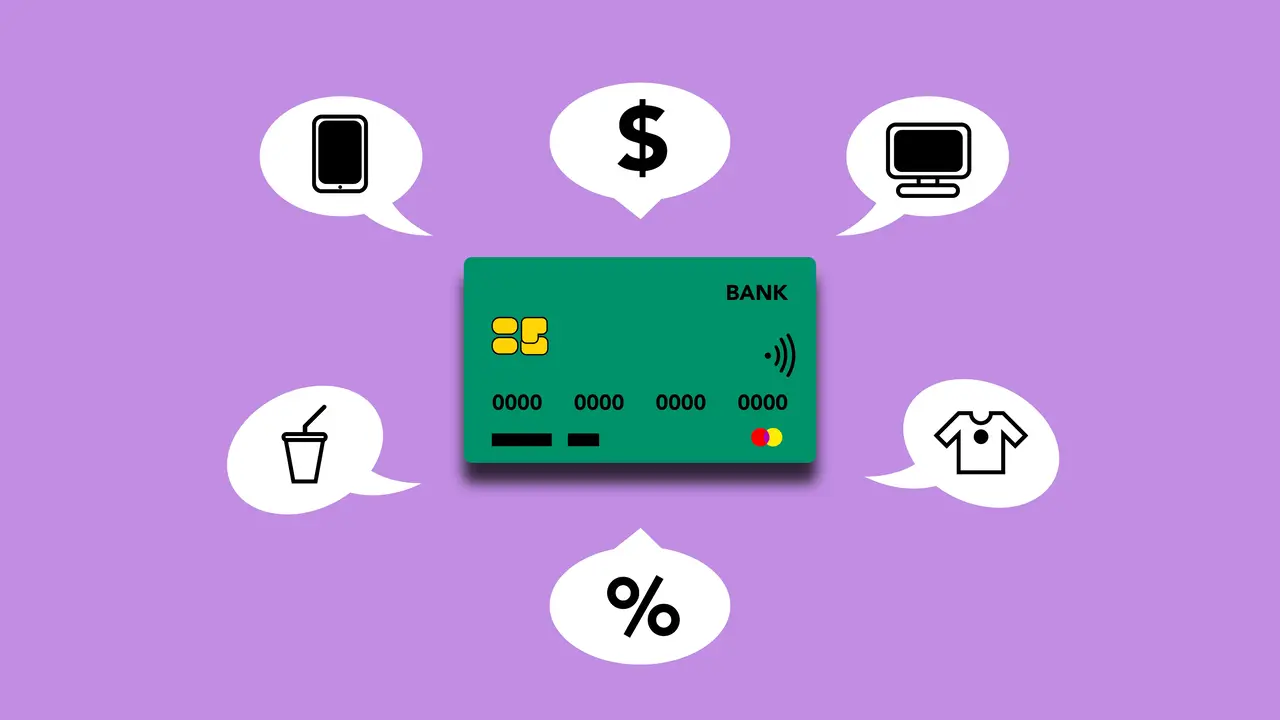6 Key Blockchain Protocols You Need To Know
- 18 August 2023
Blockchain technology has been around for over a decade, but it is only recently that its full potential is being realized by the mainstream. What was initially seen as a way to securely store and transfer cryptocurrency, has now become much more: a way to create secure, immutable data storage and transactions across an array of industries. At its heart lies a complex network of protocols and algorithms. These protocols are what give blockchain its revolutionary power, making it secure, private and fast. In this blog post, we will look at 6 key blockchain protocols that have made blockchain what it is today. From consensus mechanisms to sidechains and more, get ready to unlock the power of this revolutionary technology!
Bitcoin
Bitcoin is the first and most well-known blockchain protocol. It was created in 2009 by Satoshi Nakamoto, an anonymous person or group of people. Bitcoin is a decentralized peer-to-peer electronic cash system that does not require a central authority, such as a bank or government, to issue new units of currency or verify transactions. Instead, Bitcoin uses a consensus-based algorithm called proof-of-work to reach agreement on the state of the ledger.
Bitcoin is often referred to as digital gold because it has many of the same properties as gold: it is scarce, portable, divisible, and durable. However, unlike gold, Bitcoin is also fungible, meaning that each unit is identical to another unit. Onebitcoinis worth another onebitcoin. This makes Bitcoin an ideal currency for online transactions and makes it much easier to transfer than other assets, such as gold.
Bitcoin can be used to purchase goods and services online from merchants who accept Bitcoin payments. You can also hold your Bitcoins in a digital wallet and use them to pay for goods and services in person with a mobile app.
Enterprise Ethereumx
The Enterprise Ethereumx protocol is a fork of the Ethereum blockchain that is optimized for enterprise use cases. It includes features such as private transactions, permissioned access control, and support for legacy systems. Enterprise Ethereumx is compatible with existing Ethereum wallets and applications, making it an easy way for enterprises to adopt blockchain technology.
Hyperledger
If you’re looking to get started in the world of blockchain technology, it’s important to first understand the different protocols that power the network. In this blog post, we’ll give you a rundown of some of the most popular protocols in the blockchain space, including Hyperledger.
Hyperledger is an open-source platform for building enterprise-grade blockchain applications. The project is overseen by The Linux Foundation and boasts a diverse community of developers from around the world. Some of the notable companies involved in Hyperledger include IBM, Intel, SAP, and JPMorgan Chase.
Hyperledger offers a modular approach to building blockchain applications. This means that developers can select the components they need for their particular use case, rather than having to use a one-size-fits-all solution. The platform also supports a number of programming languages, making it accessible to a wide range of developers.
One of the key advantages of Hyperledger is its scalability. The platform is designed to handle large volumes of transactions, making it well-suited for enterprise applications. Hyperledger also offers a high degree of security and privacy, which are essential requirements for many businesses.
If you’re looking to get started with blockchain development, Hyperledger is a great option to consider. The platform offers flexibility, scalability, and security – all critical factors for success in the enterprise space.
Quorum
In order for a blockchain network to function, there must be a quorum – or enough nodes – online and participating in the network to reach consensus on the state of the ledger. The quorum is typically set at 51% or more of the total number of nodes in the network. If less than 51% of nodes are online and participating, the network may be susceptible to a attack or fork.
Corda
Corda is a blockchain platform that enables businesses to transact directly and in strict privacy. It is the only platform that allows for complex workflow validation without the need for a centralized authority. Corda's unique design makes it ideal for use cases requiring strict data privacy, such as supply chain management and trade finance.
Multichain
MultiChain is an open-source blockchain platform that provides developers with the tools they need to create and manage their own private blockchains. MultiChain is similar to other blockchain platforms, such as Ethereum and Bitcoin, but with a few key differences. MultiChain is designed to be more flexible and scalable than other platforms, making it ideal for businesses that want to use blockchain technology without the public visibility of a platform like Ethereum.
Blockstack
blockstack is a decentralized computing platform that puts users in control of their data. It's a platform for building decentralized apps (dapps) that let users own their data, instead of big corporations. Blockstack is similar to Ethereum in that it's a platform for decentralized apps. But unlike Ethereum, which runs on its own blockchain, Blockstack runs on top of the Bitcoin blockchain. That means you can use Bitcoin to pay for dapps built on Blockstack. And because Blockstack doesn't have its own blockchain, it's more scalable than Ethereum. That means more dapps can be built on Blockstack, and they can be used by more people.
Conclusion
Blockchain technology is transforming the way we transact, store data, and even manage identities. With so many protocols available to choose from, it can be difficult to know which one is right for your project. We hope this article has provided you with a better understanding of the 6 key blockchain protocols currently in use and how they could benefit you. Whether you’re looking for a secure method of storing data or an efficient way to move digital assets between users, there is sure to be a protocol that meets your needs.
Power Your Business with Smart AI Solutions
Contact Us Schedule a ConsultationRecent Posts

Building a Scalable SaaS Architecture

Optimizing Banking using AI and Predictive Analysis

Neobanks & Technology: Disruption in Banking Industry

The ultimate guide to Product Design Process
Contact us
Contact us right now and let us be your reliable partner for developing enterprise & web apps.
Contact Us
